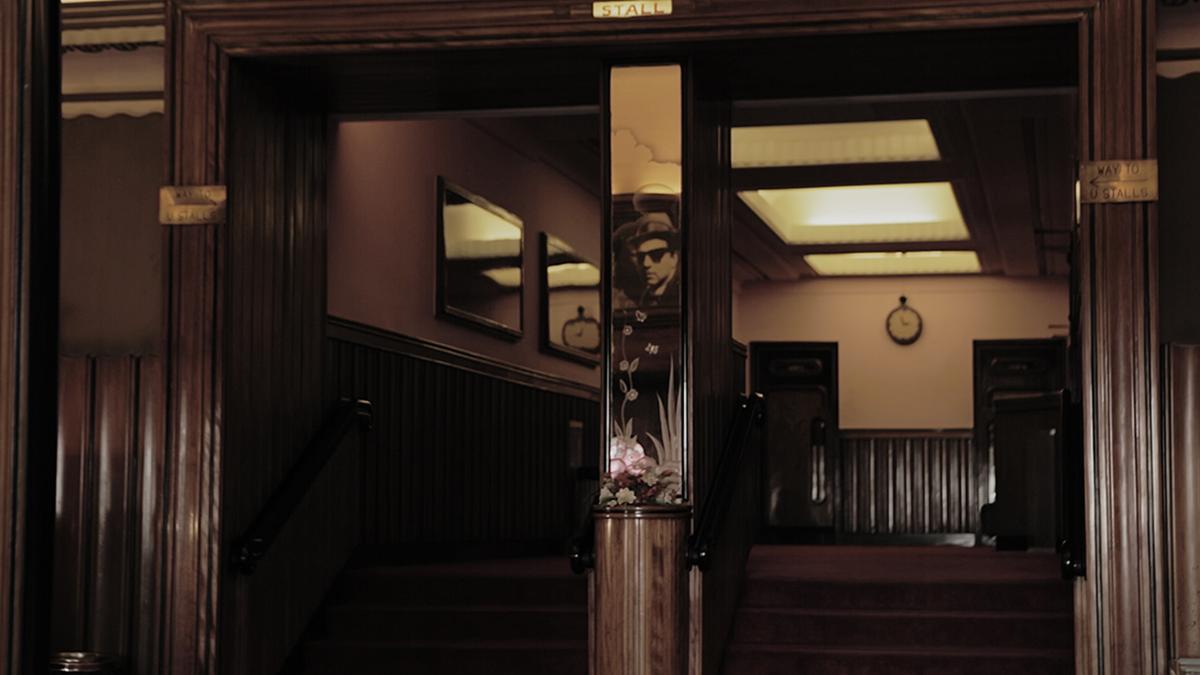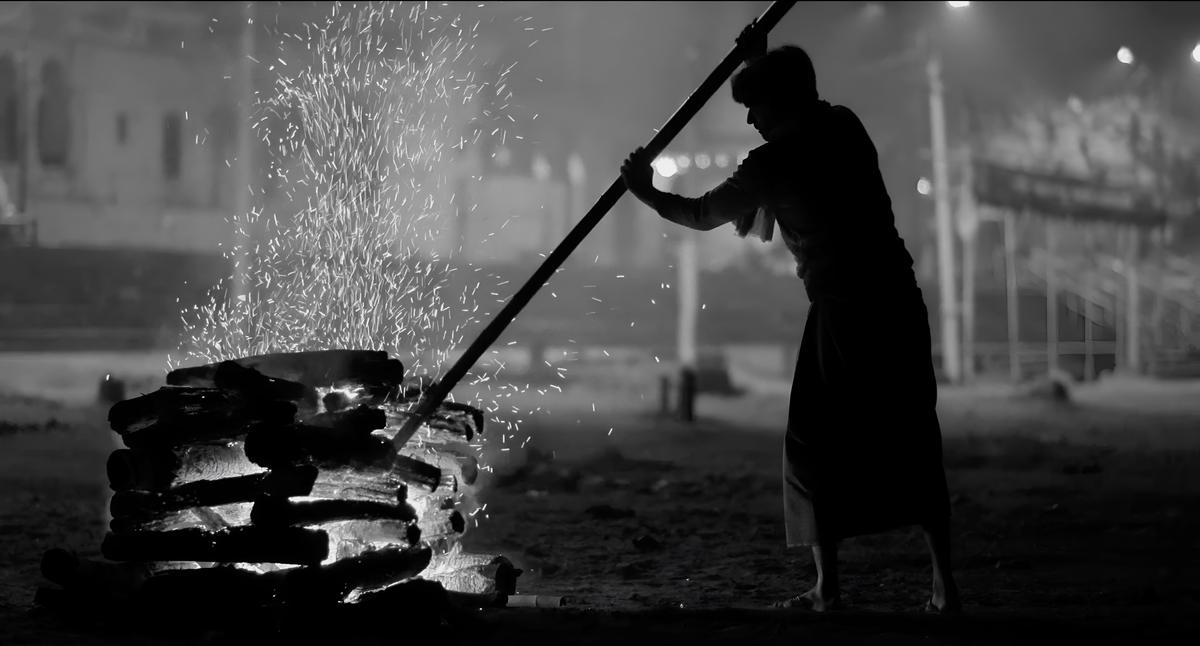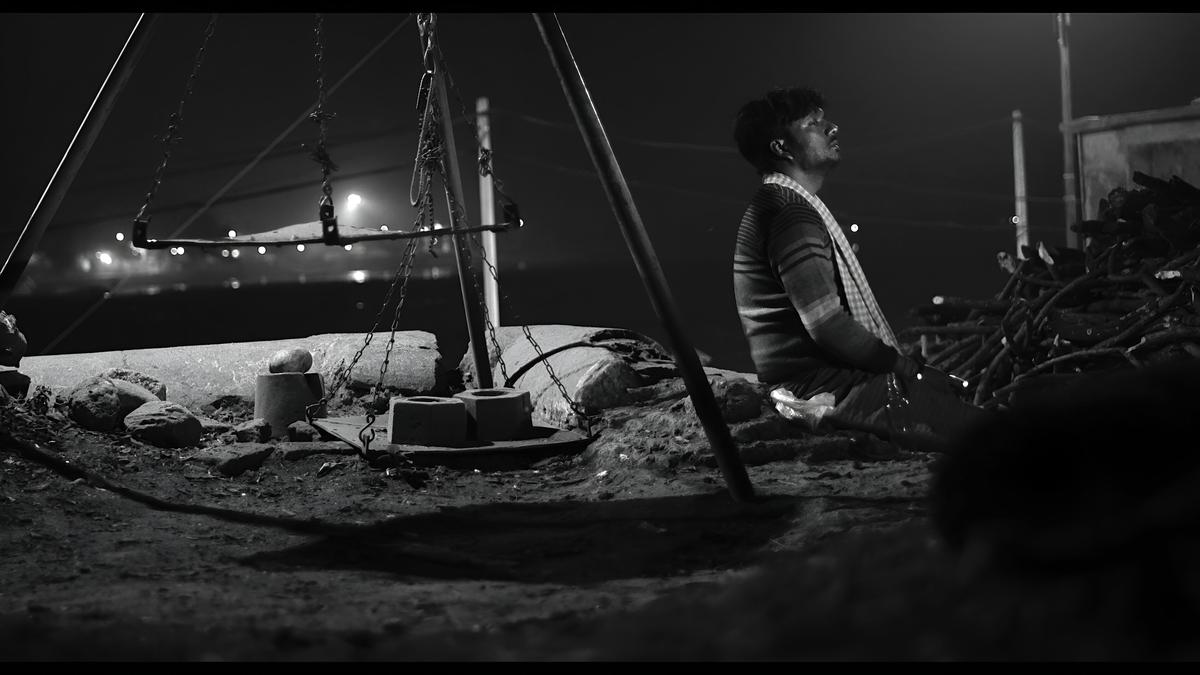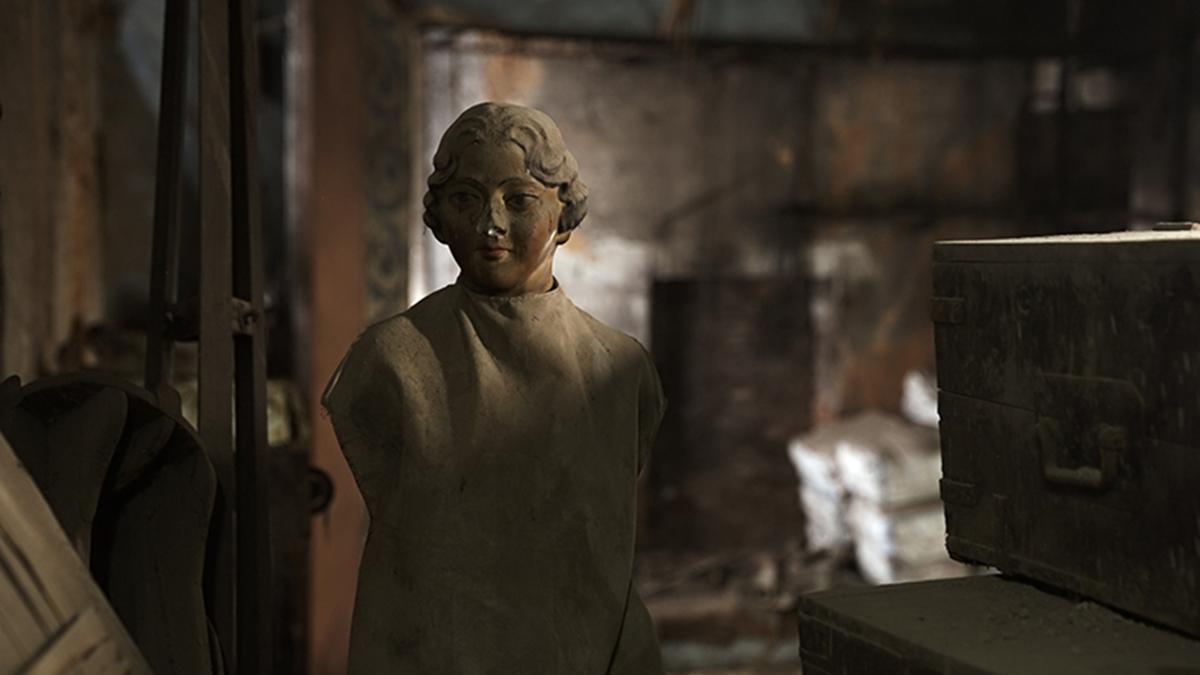As reports of theatres turning into battlegrounds emerged during the Chhaava wave, we observed with consternation how the outside world impacts the audience behaviour inside. Filmmaker Vani Subramanian’s latest documentary, Cinema Pe Cinema: The Theatres. The Movies. And Us explores this ‘inside-outside’ conundrum. To be screened at the Habitat Film Festival from May 16 to 25, it starts as a memory-scape of women and men whose lives have been touched by single-screen cinemas, but along the way, it seeks to question who is “occupying our theatres.”
Filmmaker Vani Subramanian
| Photo Credit:
SPECIAL ARRANGEMENT
Having been interested in the social architecture of spaces for a long time, Vani says, “all spaces are political and complex. We talk about front stall, middle stall, and balcony, but it also means different classes of people.” The multiplex, she says, made this division all the more stark, as “we are not comfortable sharing space with our house’s helpers and drivers.”

Cinema Pe Cinema celebrates the nostalgia of a single-screen theatre but also reminds us that it is a real space. “It is also a space where reality plays itself out and reality is complex,” says Vani, remembering the charged atmosphere during the screening of The Kashmir Files.
“I feel an inside-outside atmosphere where people are always connected. Mumbai was centred around migration; with outsiders taking up jobs, the tension was also reflected inside theatres. If there was anxiety in society regarding homosexuality, it found an expression in theatres at the time of Deepa Mehta’s Fire.”
These days, Vani says, the connection is sharper. “It has become a slightly more fragile space now. If there is a heightened nationalist sentiment outside, we see instances of the audience beating up a person who doesn’t stand up for the national anthem. If I were a Kashmiri Muslim, I don’t think I would go to watch The Kashmir Files in a theatre.”

Still from Cinema pe Cinema
| Photo Credit:
SPECIAL ARRANGEMENT
The film records the romance of single-screen theatres as spaces of our collective joys and catharsis; the boos and wows that used to light up the darkness. Vani says she wants the youth to see what a shared public space is like. “These days, our shared spaces have become mostly virtual. We don’t go to fairs; we rarely visit markets, because most utilities are delivered to our homes. That, I feel, cuts out the possibilities of understanding each other.”
She agrees that the kind of cinema dubbed “generic” by liberal film critics used to bring people from different classes under one roof. The tyranny of taste pushed the subaltern towards Bhojpuri and dubbed cinema downloaded on mobile
In a country where the imposition of Hindi evokes sharp emotions, it is interesting to see co-owners of Crown, a theatre in Calicut, talking about learning Hindi through Bollywood films. It is riveting to find how Hollywood globalised cultures even before liberalisation policies found their root in the polity.
Vani says it is interesting to note how movies follow demographics. Liberty Cinema was set up in Bombay as a super-fancy theatre to show Hindi films, but it started showing during World War II when American troops were stationed in Bombay; when an English-speaking audience emerged, English content followed.”
Similarly, she says that Hindi films followed in significant numbers when Marwaris migrated to Kerala. “There was already an audience among Muslims who understood Hindustani. Cinema is also about business acumen. It goes where it finds an audience.” Following stories and experiences, from Calicut to Lucknow, Vani is amazed by the choice of cities she ended up shooting in. “In Lucknow, we found a non-functional Ashok theatre, where the whole balcony section was reserved for women. I never knew about it.”

Regarding the film’s visual aesthetic, Vani says many single-screen theatres she shot had art deco interior design. “There is a certain formality of space that we have tried to keep, even if we shot in completely run-down theatres. For instance, we have followed the same visual aesthetic while shooting at Liberty and Ashok, even though the latter is littered with jute sacks, scooters, and motorbikes, as we wanted to evoke the majesty of the space.”
Endangered, yes, but with the trend of re-releases finding traction, Vani feels, there is still hope for single screens.
Darling of the season

A still from the film ‘Swaha’ directed by Abhilash Sharma
| Photo Credit:
SPECIAL ARRANGEMENT
Abhilash Sharma’s deeply contemplative Swaha focuses on how poverty and caste discrimination impact a family’s existence. The visually striking experience unravels in a remote Bihar village where a daily wager migrates to the nearby town to feed his wife and their newborn. While the father weathers a dehumanising urban experience, the mother battles starvation. Perceived as a witch, she struggles to feed her son, leading to psychological chaos, captured in disturbing monochrome frames. As the narrative progresses, their lives inadvertently become tied to a crematorium worker, tormented by guilt after burning an unnamed body for a few bucks.
Inspired by the concept of conflict between creator and creation after watching Alan Becker’s short animation Animator vs. Animation, Abhilash says he developed the idea further by focusing on the relationship between a mother and her son. To deepen this concept, he aligned it with the symbolic forms of the Trinity of Hindu gods through the character of the mother, the father, and the crematorium worker. “While editing the film, I realised my overarching ambition was to address the different forms of irrational fears and the circumstances that allow them to grow within a society.

Abhilash Sharma
| Photo Credit:
SPECIAL ARRANGEMENT
Addressing the film’s mystical and, at times, morbid visual design, Abhilash says the social and economic undercurrents in the story, along with the night and animal shots, were carefully integrated to address both individual and collective fears. “The animal shots, though inherently harmless, are often misinterpreted, evoking an irrational sense of dread. I aimed to highlight how such misunderstandings can spiral into chaos, where fear morphs into madness, ultimately manifesting as the figure of the witch.”

A still from ‘Swaha’
| Photo Credit:
SPECIAL ARRANGEMENT
Abhilash says that the decision to use Magahi emerged naturally once he centered the story around the Musahar (SC) community, who, for him, represent the harsh realities he aimed to depict. “This community is mostly concentrated in the Gaya region, where Magahi is widely spoken. Using their native language felt essential for authenticity. Later, during the writing process, I also realised that my connection with Magahi helped shape the dialogue, giving it a poetic rhythm while keeping it grounded and effective in the film’s dramatic moments.”

Abhilash says the black-and-white aesthetic helped create an unfamiliar world, challenging perceptions often shaped by familiarity rather than rationality or scientific thought. “Towards the end, I introduced colour as a symbolic representation of hope, suggesting that humanity endures, even in the most troubling circumstances.
HFF highlights
Payal Kapadia’s All We Imagine As Light headlines the Best of Indian Cinema package, which includes films in 24 languages.
Shabana Azmi to open the Shyam Benegal Retrospective with Ankur.
Mahamood Farooqui-led dastangoi performance, Dastaan-e-Raj Kapoor, marks the centenary year celebrations of the legendary actor-filmmaker.
Centenary celebrations of Mohammad Rafi, Talat Mahmood, and Tapan Sinha with discussions, screenings, and exhibitions.
The best of short films curated by the Film Critics’ Guild.
Published – May 16, 2025 02:21 pm IST
